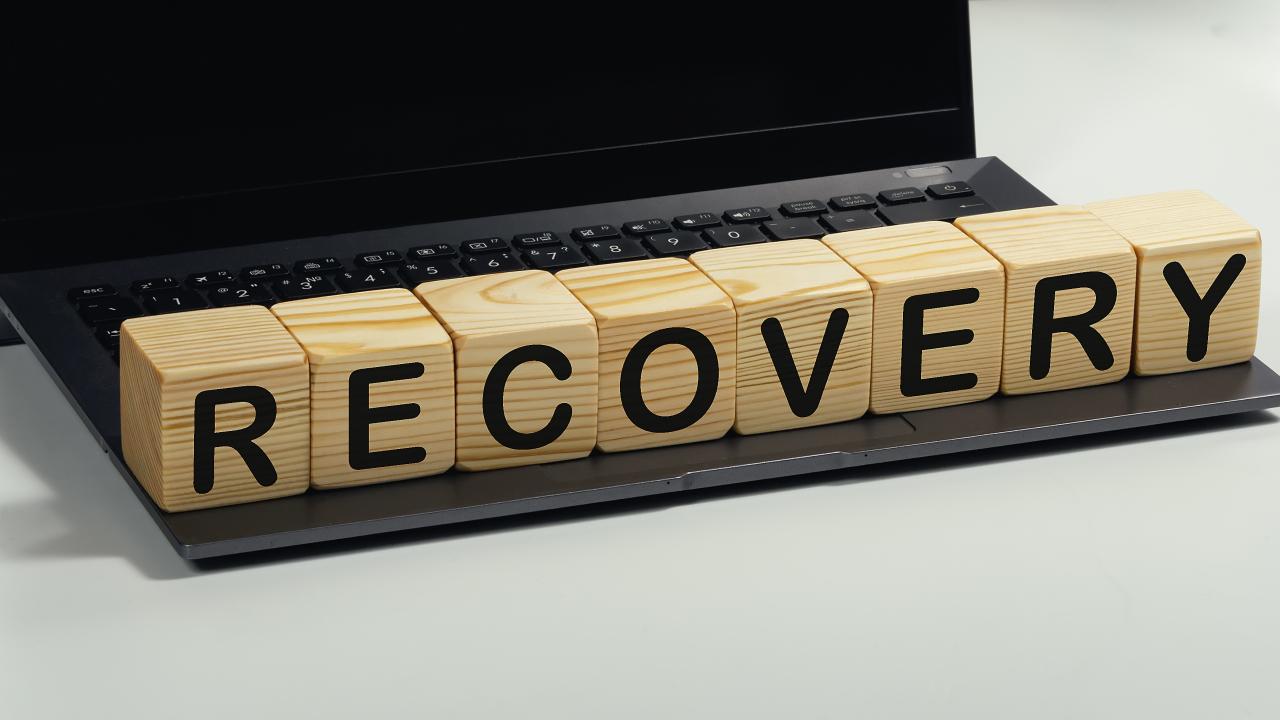Below is reprint of a story by Suzy Taherian, UC Davis Graduate School of Management lecturer. It was originally published in Forbes. Reprinted with permission.
The key question on restarting the economy is what is the shape of the recovery curve? Will it be a V, U or L-shaped recovery? That will depend on the answer to three key questions.
V-Shaped Recovery: Quick Bounce

Many are hoping for a V-shaped recovery. Essentially that assumes that when the shelter-in-place rules are lifted, the customers will return immediately and employees are ready and able to provide products and services. These companies would return to the normal path they were on in January 2020. Netflix seems to be on a v-curve recovery. The stock dropped after March 16 but rebounded quickly as everyone took advantage of their virtual entertainment during shelter-in-place. It was already a remote virtual service and can continue forward as before.
U-Shaped Recovery: Slow Recovery
For most companies, it will take some time for customers to return and for business to be back to normal. Businesses that were open during shelter-in-place have an advantage as they were already in operational model. For others, it will take some times to return employees to work who have been furloughed and restart manufacturing facilities which had been shut down. Customers may shifted priorities so will come back more slowly. The slower U-shaped recovery is more realistic for most companies. HomeDepot seems on a U-curve recovery path since it continued to operate during the shelter-in-place. Its stock has partially recovered already.
L-Shaped Recovery: No Return to Normal
For some sectors, it’s an L-shaped curve. The business has dropped off. It’s unclear if it will ever recover.
In case of Royal Carribean, it may be that customers’ habits will be different long-term.
Ben Smith IV, Senior Partner at Kearney management consulting firm, advises their clients that “companies can’t rely on old patterns”. If their business grew proportional to GDP in the past, they can’t assume it will recover with that same pattern in the future. Competitors that could count on consumers turning away from Amazon as the big bad behemoth, now see customers praising Amazon as the white knight delivering life essentials in a crisis.
Instead, companies will need to answer three questions to determine which recovery curve will apply.
- Have customer habits changed permanently? For example, everyone shifted to shopping online and they’ll likely not go back. For brick-and-mortar stores, retail business may not come back.
- Did power dynamics structure in the value chain get completely altered? The movie studios started releasing moving online and bypassing movie theaters so theaters lost their power over the distribution channel.
- Did regulatory stance change? Walgreen wanted to leverage their pharmacies to get into more healthcare but got pushback from regulators. Competitors counted on the regulator obstacle to block out Walgreens. The regulators are now much more supportive of initiatives to expand healthcare capacity/services.
Some companies may see opportunities from this crisis. For example, online games are going better than before. For them, the trajectory may look like an upwards arrow. Companies will need to visualize the shape of their recovery, U, V or L and plan accordingly. And for many, it will be W-shaped: a roller coaster of up and down until the uncertainty clears.
More from Tazerian: Follow her on LinkedIn. Check out her website or some of her other work here.
